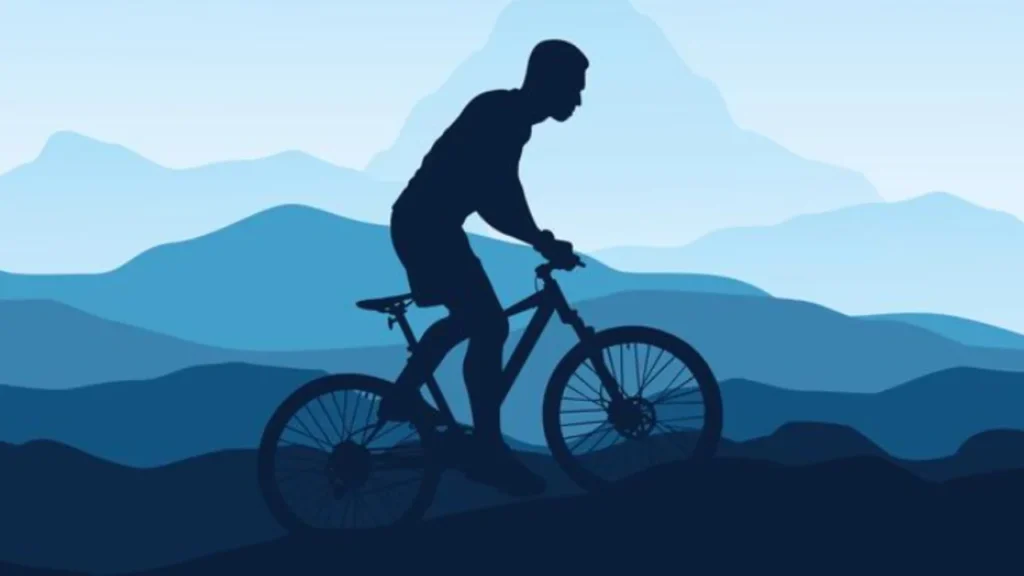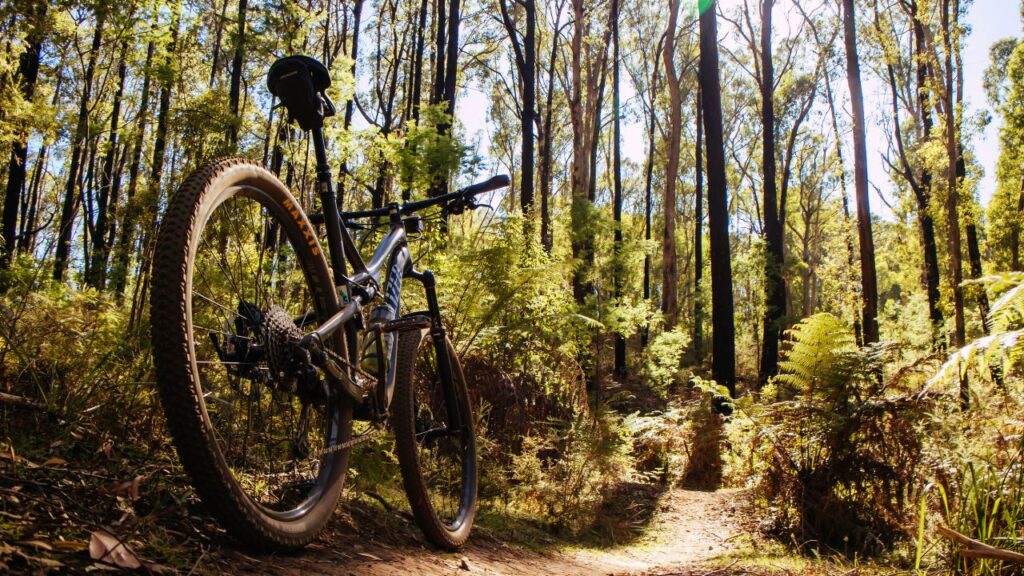Climbing Hills: No matter how much you hate them, hills are an important part of almost every type of riding.
If you want to get faster on the hills, whether you’re a competitive rider or just want to beat your time on a local section, here are some techniques that will help you do that.

To start, let’s talk about how to train better…
Interval workout is good
By doing interval training, you can improve your general fitness as a cyclist. However, it is also one of the best ways to get better at climbing.
Interval training is just switching between work and rest times. This lets you do more work overall than if you didn’t rest at all.
To start, do longer intervals of 15-20 minutes at a “comfortably hard” level of energy. As you get stronger, move on to harder 1–5 minute efforts. This will improve your VO2max and make it easier for your body to handle lactic acid buildup. This will make both your out-and-out climbing speed and your climbing stamina much better.
As an extra tip, try adding “micro-intervals,” in which you push for 30–40 seconds and then recover for 20–30 seconds over and over, to some of your longer intervals. This will make your heart rate go up even more and teach your body how to handle quick changes in speed or elevation.
Read More: Avoid These Top 10 Cycling Mistake at Any Costs.
For more tips on how to improve your hill repeat workouts, watch this video…
Build up your core strength
It may look like your legs are the only ones that matter when you’re climbing hills, but your core muscles, which support your pelvis, are just as essential.
When your core strength is low, it can be hard to move your power to the pedals. This can make your riding style less efficient and cause pain and discomfort, especially in your lower back.
A cycling-specific core strength exercise done a few times a week will have a big effect on your abdominal strength and your ability to bounce back from injuries. You can do it without spending a lot of money or time.
Start with 20- to 30-minute workouts that include easy but effective moves like planks, side planks, crunches, and leg lifts and hip bridges that work the big leg muscles.
After you get good at these and can do them without falling over, you can move on to more difficult exercises that require more reps and/or longer holds to keep your core muscles tested and help them keep getting stronger.

Read More: Gino Mader, 26, died after he crashed his bike down a slope.
Move at a professional pace
You need to plan your pace for the hills you’re going to climb, no matter how long or short they are. If you don’t have one, you might push yourself too far too soon and have to slow down before you reach the top.
Keeping an eye on your watts with a power metre, your heart rate with a heart rate monitor, or just your “feel” to figure out how hard you’re working are all ways to pace your efforts.
No matter what method you choose (or can afford), try to put in a controlled effort on the climbs you want to ride quickly. Keep in mind that a negative split, which means riding faster in the second half than the first, will almost always get you a faster time than a positive split.
If you have a power metre or heart rate monitor, use the information from earlier rides to figure out what numbers you can hit in a certain amount of time. Then, just match your effort level to how long you think the climb will last.
If you’re going by feel alone, keep track of how hard you’re working as you climb and always think about how much time you have left to reach the top of the hill.
Also, before you ride the climbs you want to do, try to learn as much as you can about them. This will help you make even better choices about how hard to ride in order to get up quickly or at least comfortably.

Get up and sit down
Many people have different ideas about which way of climbing is better: sitting or standing. The important thing is to use both at the right times and on the right types of climbs.
Most people think that sitting down to climb is better for longer, smoother climbs because you don’t have to use your arms or legs as much to support your body weight. The seat also makes your core muscles more stable, which lets you reach higher cadences more smoothly and with more control.
Standing climbing, on the other hand, uses your whole body weight to put more force on the wheels, and your arms can be used to move the bike from side to side to make even more power. Another benefit is that you can open up your chest more, which makes it easier to breathe and take in air.
As a general rule, stand up on short, sharp climbs that need a quick burst of speed and power. Sit down for most of the time on longer climbs to save energy, but stand up every so often to avoid straining your back and to use different muscles to carry the load.
Always keep in mind that the best style for you might not be the same as your riding partner or a fellow racer. Try out different styles to see what works best for you and, most importantly, what gets you the fastest times!









Comments are closed.